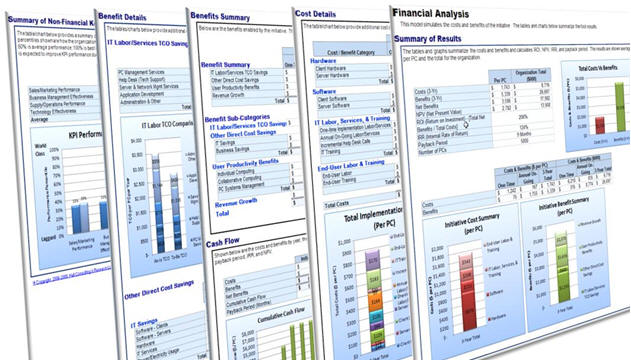Process Automationon-demand and in the cloud
TechnologyProvided by MODUSPHERE
Solution Platform Powerful SOA Platform
MODUSPHERE uses a modern, highly available, best-of-breed IT stack and operation at a high security data center to host our solution framework. Below is an illustration of our complete solution framework.
Key Features and Benefits
• Rapid deployment
– Rather than spending
months in developing and deploying a solution, only to
obtain uncertain results, you can be up and running in
weeks with a best-practice based approach to customer
integration.
• Accessibility
– Via our FlexConnect
technology, you and your trading partners
communicate via a single, transparent Modusphere
connection, enabling the secure, efficient delivery of
information across the entire value chain.
•
Flexibility and scalability – Modusphere can leverage your
current back-end systems enabling your partners to
easily communicate with you.
•
Extensibility
– Modusphere scales as
you connect to an increasing numbers of customers and technology
platforms.
• Process automation
- Modusphere's M-BPM provides transactional choreography and
message enrichment to construct complete transactions
that flow through your back-end order management systems
and your customers’ back-end procurement systems. The
result? A streamlined flow of information that provides
all trading partners with the meaningful data they need
to execute highly accurate orders
in a timely fashion.
Automate Your ProcessPlatform as a Service / Software as a Service
Process automation spans across several functional areas (within and external) of a company. Our platform encompasses each of them and allows customers to utilize one or all as needed. The following is a description at a high level of the functional areas:
Core
Integration— All automation requires some sort of
integration with systems, either inter nal or external.
Whether it is a trading partner custom format or an
ERP system such as SAP, we provide the
services to
seamlessly integrate these disparate systems.
nal or external.
Whether it is a trading partner custom format or an
ERP system such as SAP, we provide the
services to
seamlessly integrate these disparate systems.
Automation—
Once integration is handled, the need becomes being able to
orchestrate and automate business processes across the
enterprise’s value chain.
integration is handled, the need becomes being able to
orchestrate and automate business processes across the
enterprise’s value chain.
Optimization— With automation comes visibility. Visibility in turn provides analytics that allow businesses to optimize their processes. Bottlenecks and inefficiencies are easily identified and can be re-engineered. Combining this information with the advanced analytics of Big Data allows customers a perspective previously unavailable.

